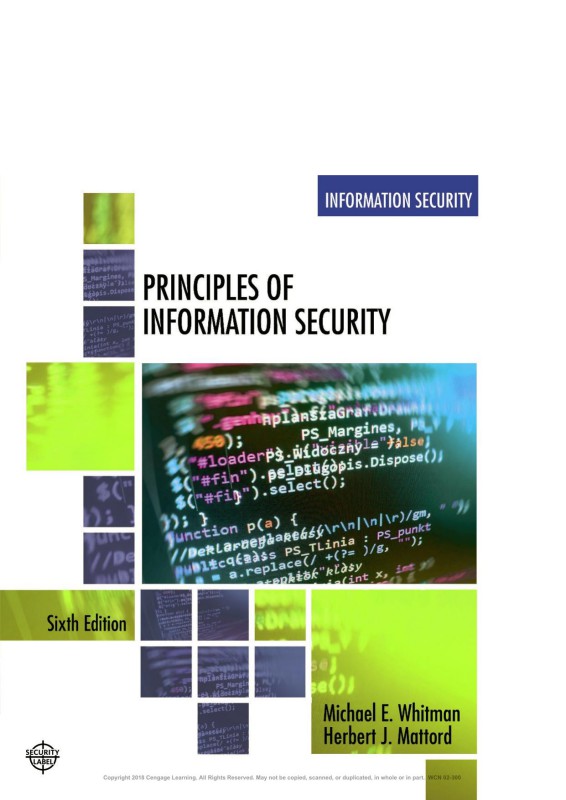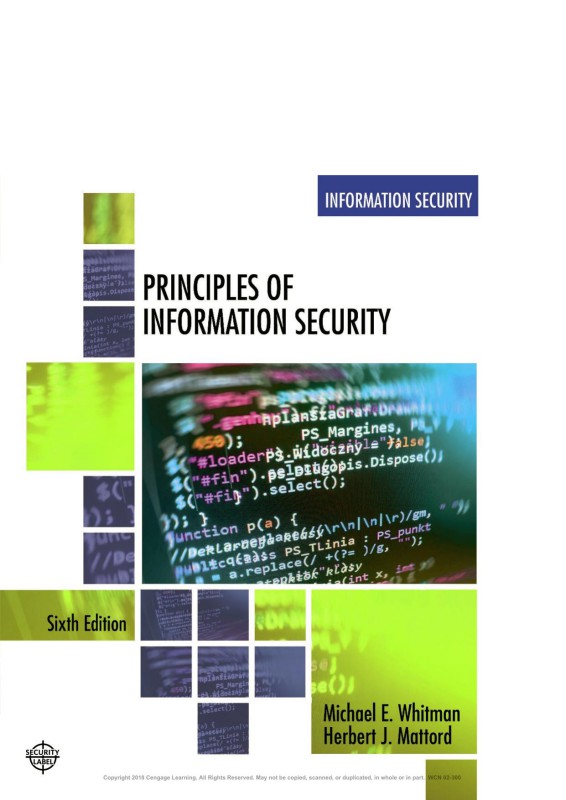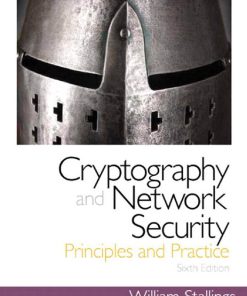Principles of Information Security 6th edition by Michael Whitman, Herbert Mattord ISBN 1337102067 978-1337102063
Original price was: $50.00.$25.00Current price is: $25.00.
Authors:Michael E. Whitman; Herbert J. Mattord , Series:Cyber Security [110] , Tags:Computers; Security; General , Author sort:Whitman, Michael E. & Mattord, Herbert J. , Ids:Google; 9781305176737 , Languages:Languages:eng , Published:Published:Nov 2014 , Publisher:Cengage Learning , Comments:Comments:Specifically oriented to the needs of information systems students, PRINCIPLES OF INFORMATION SECURITY, 5e delivers the latest technology and developments from the field. Taking a managerial approach, this bestseller teaches all the aspects of information security-not just the technical control perspective. It provides a broad review of the entire field of information security, background on many related elements, and enough detail to facilitate understanding of the topic. It covers the terminology of the field, the history of the discipline, and an overview of how to manage an information security program. Current and relevant, the fifth edition includes the latest practices, fresh examples, updated material on technical security controls, emerging legislative issues, new coverage of digital forensics, and hands-on application of ethical issues in IS security. It is the ultimate resource for future business decision-makers.Important Notice: Media content referenced within the product description or the product text may not be available in the ebook version.













